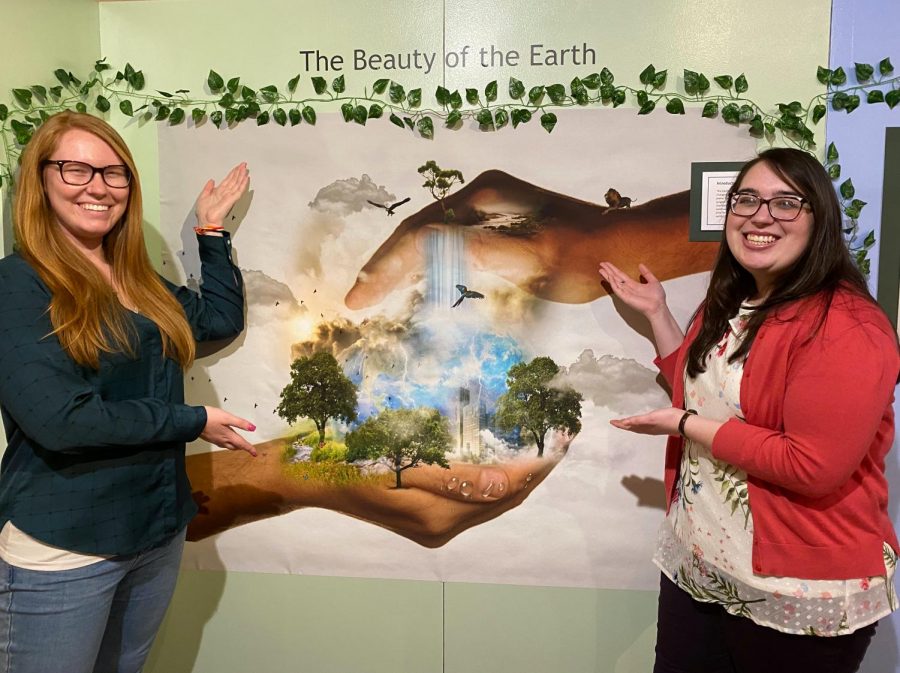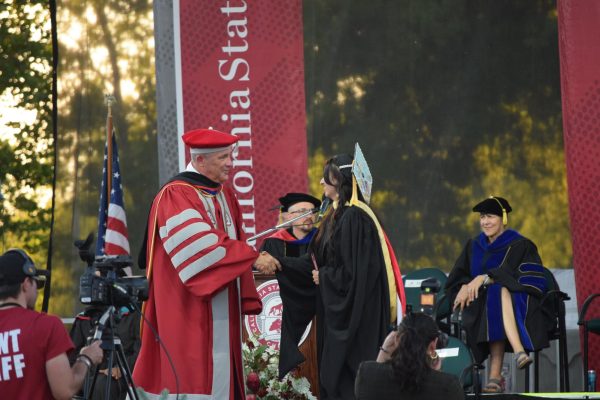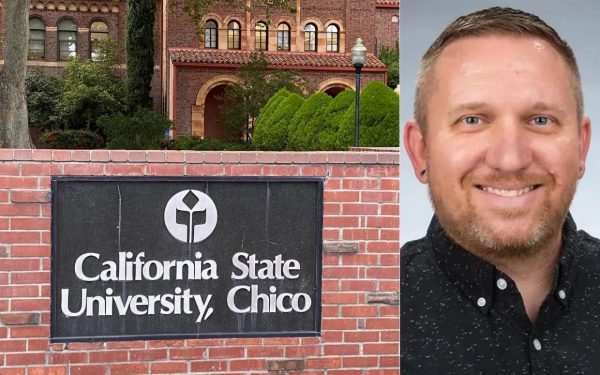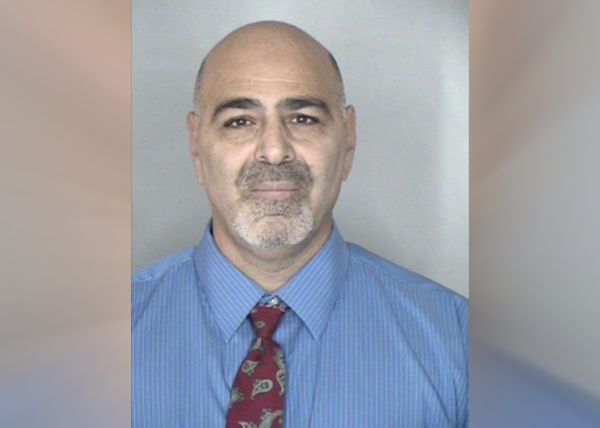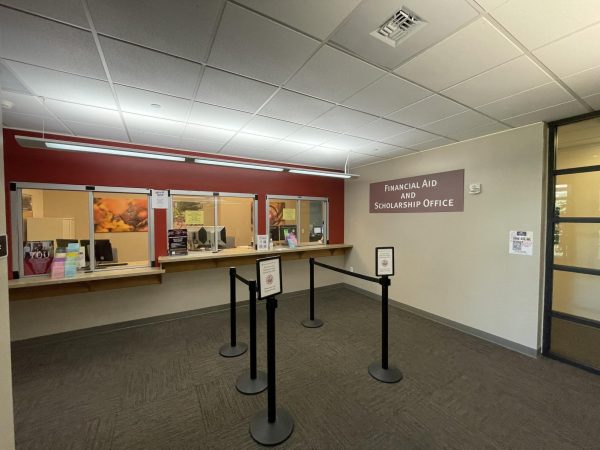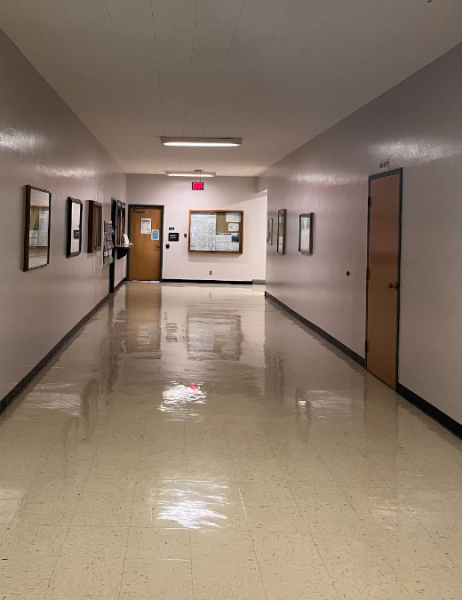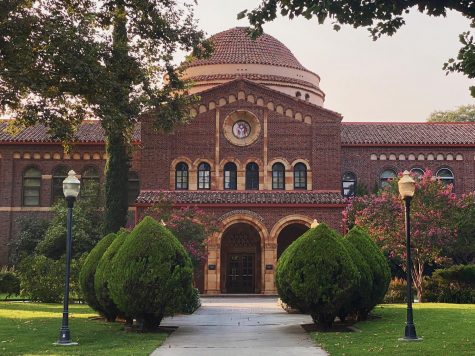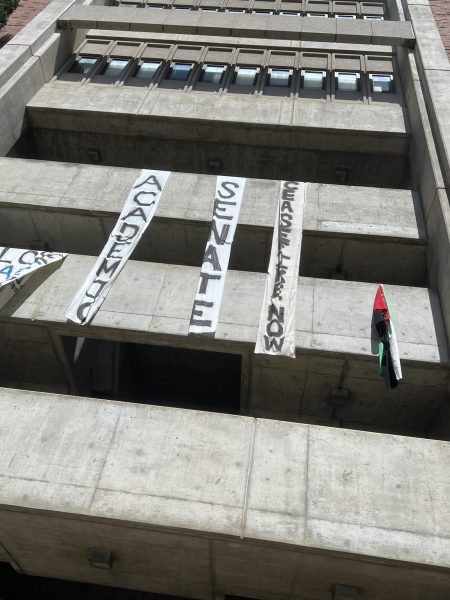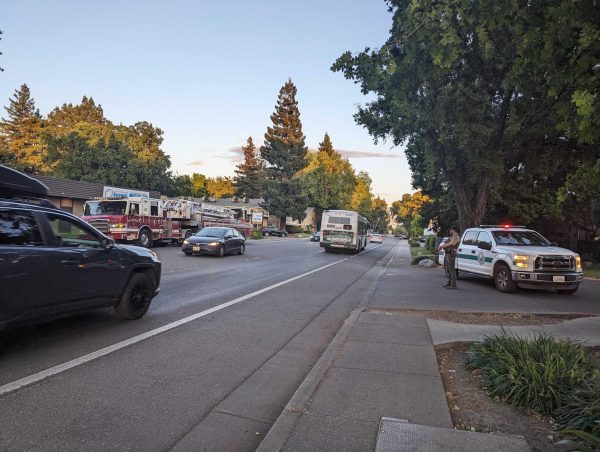Fire and Water Exhibit explores environmental change
On Jan. 23, at 4:30 p.m., a new exhibit opened for students and the campus community at the Valene L. Smith Museum of Anthropology called ‘Fire and Water: Elements of Change’.
“We see the museum as a laboratory for students where they can learn to be professionals,” museum curator Adrienne Scott said.
Scott explained what the museum is and how it benefits students and staff.
“Students learn how to care for objects, research for exhibitions, write labels as well as lead school tours,” Scott said.
“This idea of fire and water looks at how humans from the beginning of time have interacted with these elements,” Scott said. “Suddenly, we realize the management of these elements is creating these dangerous conditions. We also focus on the Paradise fire as well.”
The museum is created by students in Anthropology 467: Exhibit Research, Design, and Installation. Those enrolled in the course focus on the creation of a museum exhibit for the annual spring Museum of Anthropology student-created exhibition.
“From start to finish, this is a student’s entire creation,” student assistant at the museum Sara Carmody said. “This is a narrative discussion about the anthropogenic changes that are happening in the world today. As visitors come through this exhibit, they are going to learn about the different aspects of water and its importance to our daily routines.”
Carmody further explained how visitors would get to experience how fire is not only a force of destruction, but a force of creation as well.
“There are so many origin stories with different cultural groups. Considering that Chico State is actually on Mechoopda land, students will learn about the ancient roots such as water management,” Carmody said.
The exhibit contained many interactive portions from testing audience knowledge of the top six causes of fires to students writing about how to make differences in the world and then sticking them on a large image of Earth. The exhibit also contained many environmental facts regarding water bottles and the process of how they became a catalyst for major environmental changes.
“We hope that the people of the community, as well as our students, that explore this exhibit are impacted. This topic of fire and water is an important topic among all of the people living on Earth and this is a platform to explore that,” Scott said.
The ‘Fire and Water: Elements of Change’ exhibit is open Tuesday to Sunday, from 11 a.m. to 3 p.m. and will close on July 31, 2020.
Angelina Mendez can be reached at [email protected] or @theorion_angie on Twitter








